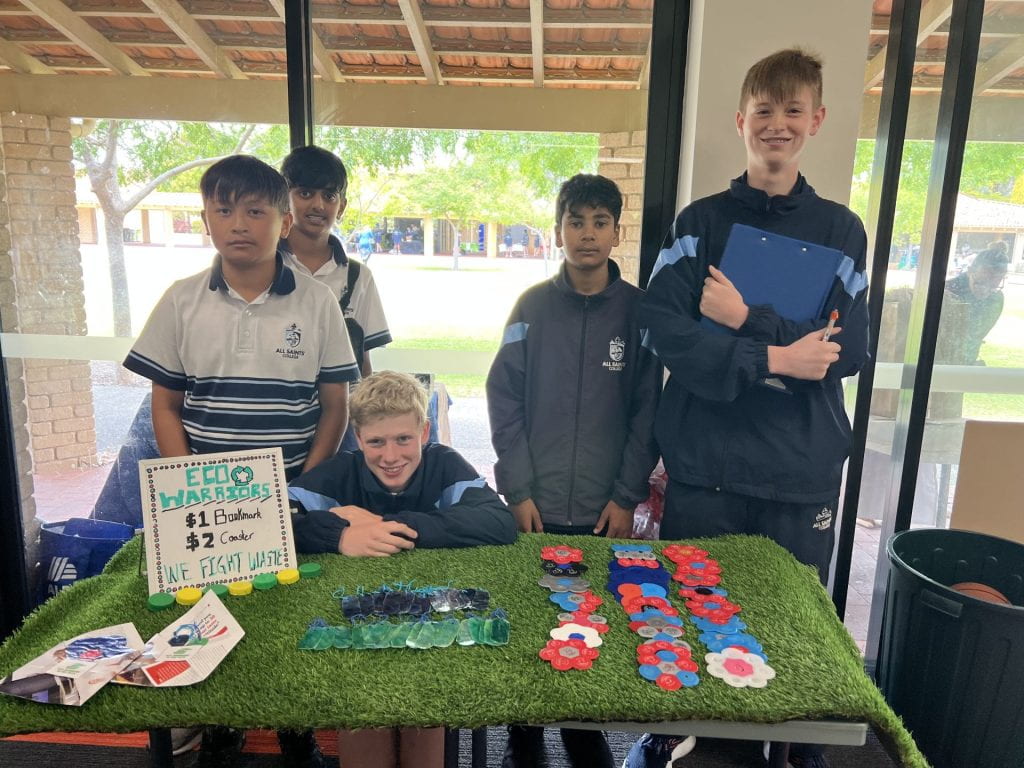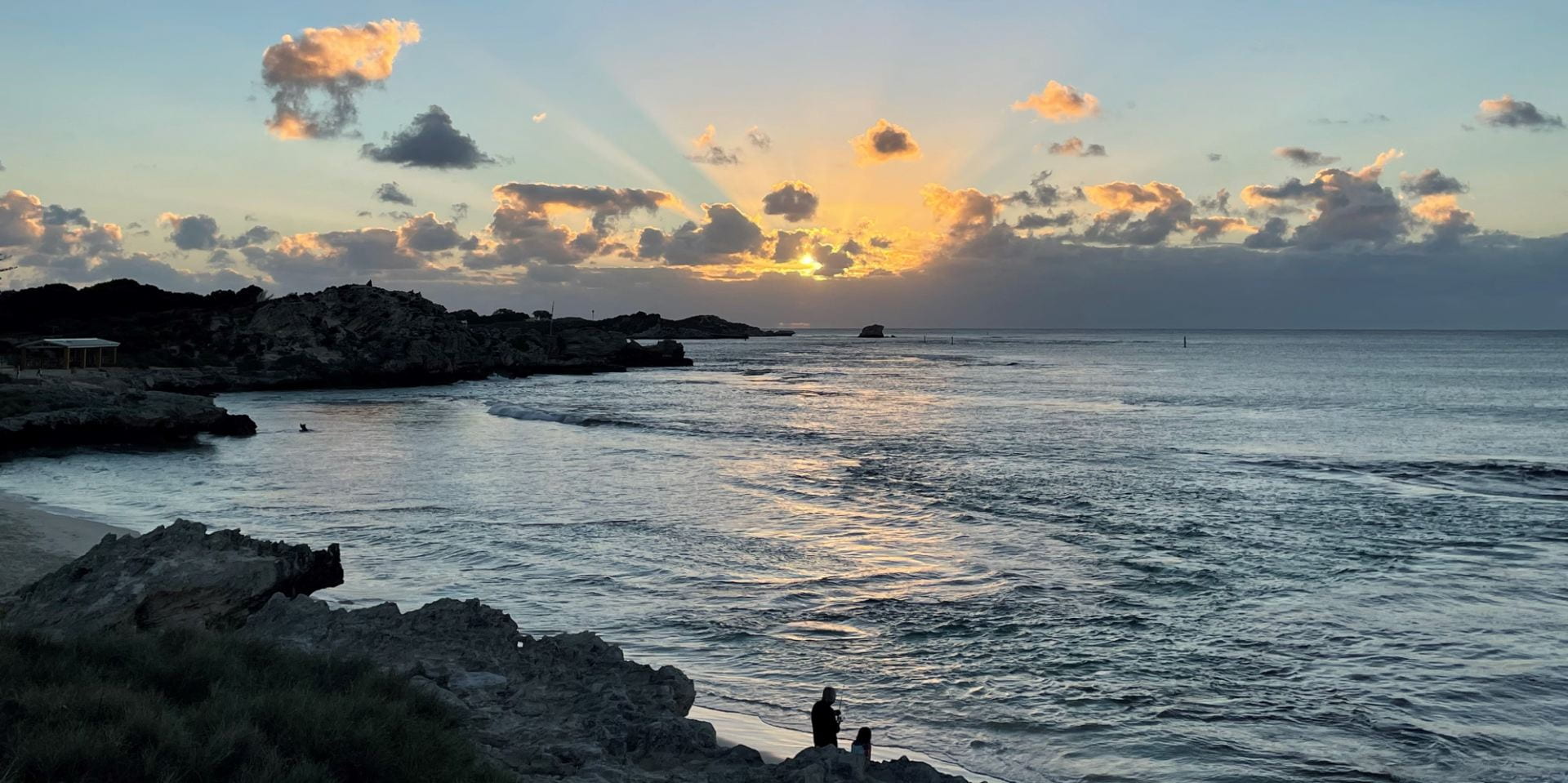Explanation
The Christmas market project’s goal was to create something that we could sell at the school’s annual holiday market. To create our products, we had to apply the skills we learned in English, HASS, and D&T. We looked into English advertisements because we were going to create and design one for our product. We studied business and economics in humanities to better understand how to attract more customers, sell more goods, and effectively manage our stall.



Products
We sold 2 products- bookmarks and coasters.
Coaters
We made sure that our goods were both environmentally friendly and cost-effective. We produced these by gathering bottle caps, designing them, and then flattening them using an iron. This was a simple yet time-consuming project. As I previously stated, they were quite good because we made around 30 for $0.
The coasters were an excellent product for the figures it had (Not so much in looks). The cost price (Amount of money to make one product) to make coasters was $0 because we are only using iron and bottle caps. This was great as it meant we still had most of our $30 investment. The percentage makeup (Percentage of how much profit was made was technically infinite because we made a few sales and as I said earlier, the cost price was $0. We did not have any real competitors (other people who sell the same product) because the other group selling coasters were making wooden ones.
Bookmarks
Similarly, to the bookmarks, we made our bookmarks sustainably too. We made them out of milk cartons and coloured them with sharpies. After this, we sprayed on rubbing alcohol to mix the colours. This was an easy process and much faster than making bookmarks.
The bookmarks did not have as flashy figures. They accounted for most of our sales, but here comes the problem. The amount we sold the bookmarks for was $1. The cost price of the bookmarks was $0.55, and the percentage markup was 81.82% This means that our profit margin (Amount earned from each sale) was only 45 cents. We sold a few bookmarks, but we made no real profit out of it. I do not believe that we had any competition, and it was a shame if had capitalized on this, but we did not.
Design Thinking Process

As can be seen in this diagram, there are 4 main parts of the process, with feedback being what it revolves around. These include:
Empathise: In the empathise stage we had to start from the very beginning, with the vital question- What is Christmas? We brainstormed in pairs this question and broke it up into smaller sub-questions to be able to answer it more completely. These included- What does Christmas mean to different people? What do you want for Christmas?
Define: In the define stage, we were shown some inspiration for the coming ideate stage. These included gifts that were good for the environment, sponsoring a child in need, or adopting an animal. Of course, the last 2 options are not possible to create for the Christmas market, but I made us think- How can we make a product that is sustainable?
Ideate: We always had a vision for the type of product that we would create- something sustainable (Specifically something made out of milk cartons). We had the idea to create 2 products- one using the bottle top (Coasters) and one using the actual bottle (Bookmarks).
Prototype: Once we had an idea, we set our eyes on creating our product. We came over to our house on a weekend and created as many coasters as possible within the amount of time we had. We ended up making many of the total products and we still had a tiny bit of work to do, so for some recesses and lunches, we went to the D&T room to use their Sandwich Presses so that we could. Next, we had to create bookmarks with the milk cartons that were left over. We made them one weekend and that was our process! After that, we had to create a spreadsheet and record the sales sheet and that was our process!
Capabilities

We used a few capabilities in this project- leadership, creativity, problem-solving and collaboration.
Leadership- We used this capability a lot because we had to lead the group so that everyone could work effectively.
Creativity- Creativity used this capability a lot when planning what products, we were going to sell.
Problem Solving- This was used in alignment with creativity a lot of the time. Again, this was mainly used at the start when brainstorming products.
Collaboration- This was used all the time when doing group work. This was very important as it meant the group function.
Finances
I have decided to present our finances in an excel document. (The charity 10% was not a part of it- we had to do this for Digital ICT, and 100% went to charity)



